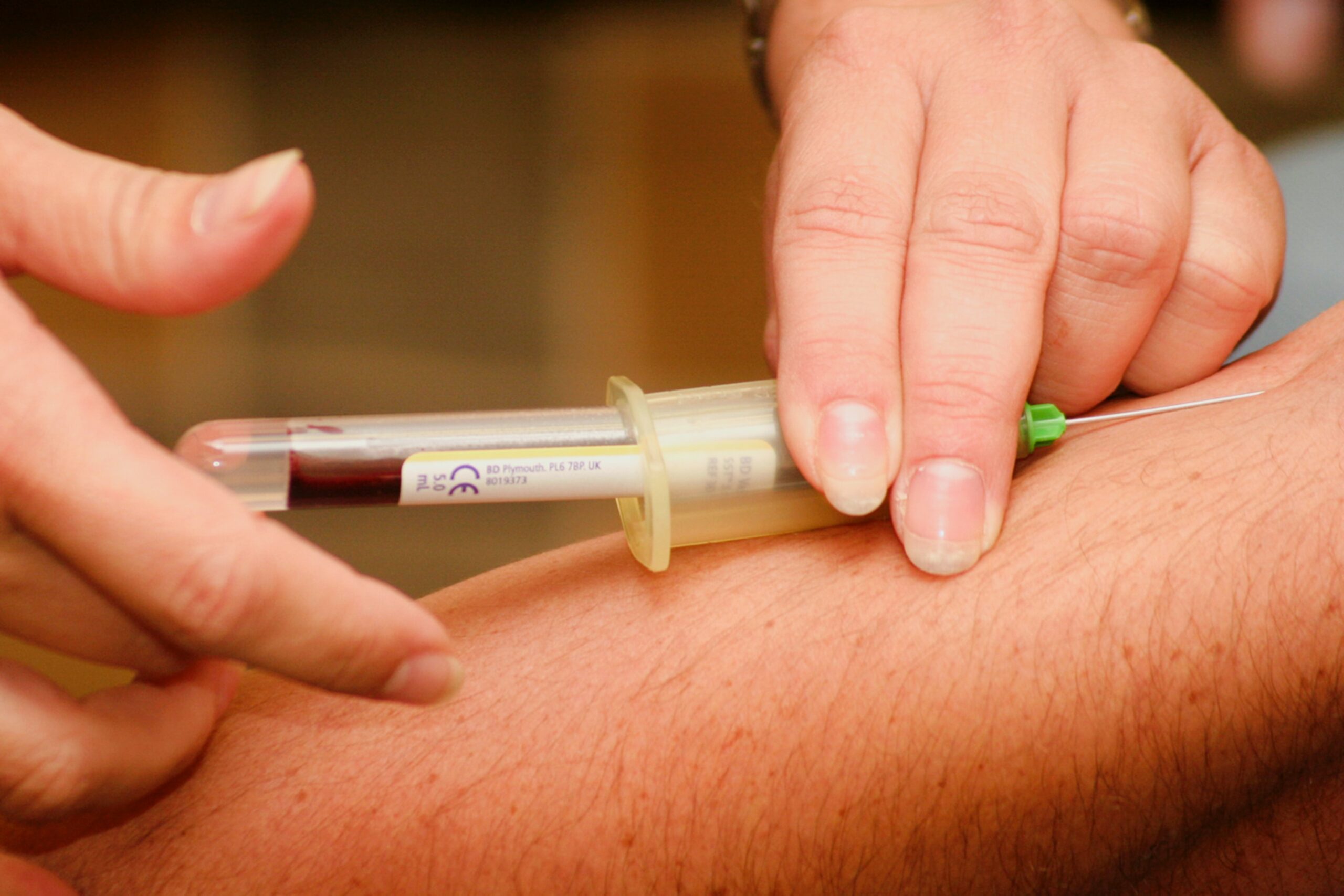Photo by National Cancer Institute on Unsplash
The field of medicine has always pursued innovative ways to treat diseases at their core, addressing the very genetic makeup of individuals. DNA is Gene therapy, a cutting-edge medical technique, promises to revolutionize healthcare by targeting genetic disorders at the DNA level. This article delves into the exciting world of gene therapy, exploring how DNA is at the heart of these groundbreaking advancements.
Understanding Gene Therapy
Gene therapy is a therapeutic approach that aims to treat or prevent diseases by modifying a person’s genes. It involves introducing, altering, or deleting genetic material within an individual’s cells to correct or replace faulty genes. Gene therapy can potentially treat a wide range of genetic disorders, including inherited conditions like cystic fibrosis, muscular dystrophy, and certain types of cancer.
DNA: The Blueprint of Life
At the core of gene therapy is manipulating DNA (deoxyribonucleic acid), the molecule that serves as the genetic blueprint for all living organisms. DNA contains the instructions necessary for the growth, development, and functioning of every cell in the body. The ability to modify DNA opens up remarkable possibilities for treating diseases caused by genetic mutations.
How Gene Therapy Works
Gene therapy typically involves the following steps:
- Identification of the Target Gene: The first step is identifying the specific gene or genes responsible for the disease. This often involves extensive genetic testing and analysis.
- Introducing Therapeutic DNA: In gene therapy, healthy copies of the target gene are introduced into the patient’s cells. This can be done through various methods, including viral vectors (modified viruses that can carry therapeutic DNA), direct injection, or nanoparticles.
- Integration and Expression: Once the therapeutic DNA is inside the patient’s cells, it must integrate into the cellular DNA and begin functioning. The goal is for the cells to produce the necessary proteins or molecules previously deficient or faulty due to the genetic mutation.
- Monitoring and Follow-Up: Patients undergoing gene therapy are closely monitored to assess the therapy’s effectiveness and safety. Adjustments may be made as needed.
Types of Gene Therapy
There are several approaches to gene therapy, depending on the nature of the disease and the desired outcome:
- Somatic Cell Gene Therapy: This gene therapy targets non-reproductive cells in the body, such as those in the liver or muscles. It aims to alleviate symptoms or slow disease progression.
- Germline Gene Therapy: Germline gene therapy involves altering the genes in reproductive cells (sperm or eggs) to prevent the transmission of genetic disorders to future generations. While promising, this approach raises complex ethical and safety concerns.
- In Vivo and Ex Vivo Gene Therapy: In vivo, gene therapy directly administers therapeutic DNA into the patient’s body. In contrast, ex vivo gene therapy involves removing cells from the patient, genetically modifying them outside the body, and reintroducing them.
Challenges and Ethical Considerations
While gene therapy offers immense potential, it also faces significant challenges and ethical dilemmas:
- Safety Concerns: Ensuring the safety of gene therapy is paramount. Unintended consequences, such as off-target gene editing or immune system reactions, can harm patients.
- Ethical and Legal Issues: Germline gene therapy, in particular, raises ethical questions about the permanent alteration of an individual’s genetic makeup and its potential impact on future generations. Many countries have strict regulations or bans on germline editing.
- Long-Term Effects: The long-term effects of gene therapy still need to be fully understood. Continued research and monitoring are essential to assess the durability of therapeutic benefits and potential risks.
- Access and Affordability: Gene therapy is a rapidly evolving field, but access to these cutting-edge treatments can be limited by cost and availability.
Recent Advances in Gene Therapy
In recent years, gene therapy has made significant strides. Some notable advancements include:
- CRISPR-Cas9 Technology: The CRISPR-Cas9 gene-editing system has revolutionized gene therapy by enabling precise and efficient modifications to DNA. This technology has the potential to treat a wide range of genetic disorders.
- Treatment for Rare Diseases: Gene therapy has shown promise in treating rare genetic disorders, such as spinal muscular atrophy and certain forms of inherited blindness.
- Cancer Immunotherapy: CAR-T cell therapy, a gene therapy, has shown remarkable success in treating certain blood cancers by modifying a patient’s immune cells to target and destroy cancer cells.
Conclusion
Gene therapy holds immense potential for transforming the landscape of medicine, offering hope to individuals affected by a wide range of genetic disorders. DNA, as the fundamental building block of life, plays a central role in these groundbreaking advancements. While challenges and ethical considerations persist, ongoing research and technological innovations continue to drive progress in this exciting field. As gene therapy evolves, it brings us closer to the realization of tailored, precision medicine that can improve the lives of countless individuals worldwide.



